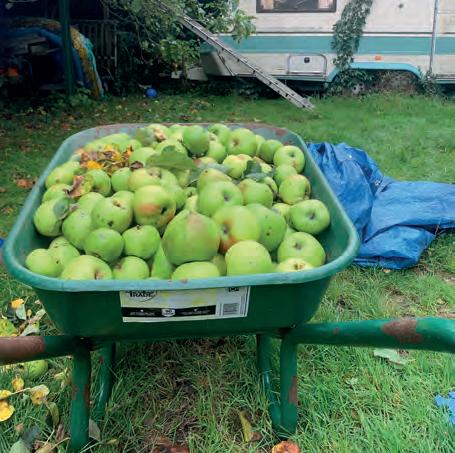
1 minute read
THE OSPREY
(SCIENTIFIC NAME PANDION HALIAETUS)
By Valerie Kelly
Advertisement
Most people know this spectacular bird of prey as the Osprey, but did you know it is also called a sea hawk, a river hawk, a fish hawk, (for obvious reasons) and it even has its own local name – mullet hawk. Ospreys dive feet first to catch fish that are near the surface of the water. This fish-eating raptor can reach more than 60 cm, nearly two feet, in length. The wingspan can reach 180 cm or 6 feet, the height of some humans and it can weigh around 2 kg (equivalent to a 2.2 kg bag of sugar).
Ospreys are protected in the UK under the Wildlife and Countryside Act, l981 and are on the UK Amber list for birds (2021) as numbers decreased due to illegal killing and low breeding. Scotland is a favourite breeding ground for Ospreys with around 300 pairs although some birds’ frequent sites in North East England. In 2001 breeding began in England at Bassenthwaite in Cumbria and Rutland Water. It is estimated that 200 to 250 pairs are breeding in the UK. There are four breeding pairs in Wales that can be viewed via a webcam. They can be seen around March to September where there is a large expanse of fresh water near where they breed. Their habitat is marine and intertidal wetland, hence the visits to Stanpit during autumn migration.
If you are one of the lucky ones and see the Osprey in flight, you may initially mistake it for a large gull. Not for long hopefully as you notice the size and observe the white or slightly mottled underparts. The ‘wrist’ on the long, angled wings has a black patch distinctive against the white wing linings. They have oily brown cream/buff white, feathers to preserve waterproofing.
Soon the Ospreys will be heading off on a 3,000 mile incredible journey (without a Satnav) for warmer climes joining others for migration to sub-Saharan Africa.

Thank you for your interest in joining CHOG or for renewing your membership. Your support makes a positive contribution to local conservation.
Benefits of Membership
• Free copy of the annual bird report, The Birds of Christchurch Harbour, which is over 120 pages and contains many colour photographs
• Free access to indoor meetings
• Free attendance at outdoor meetings
• Access to members-only resource CHOG Online









